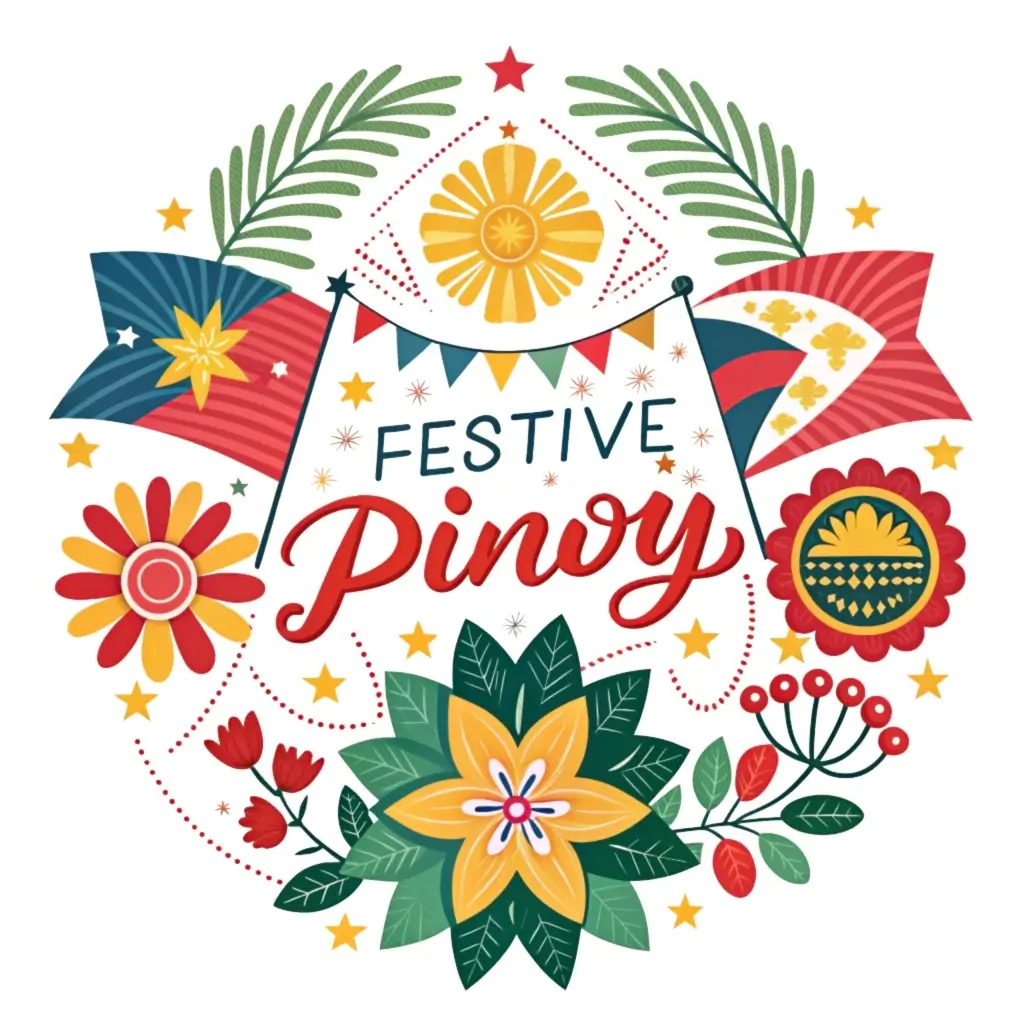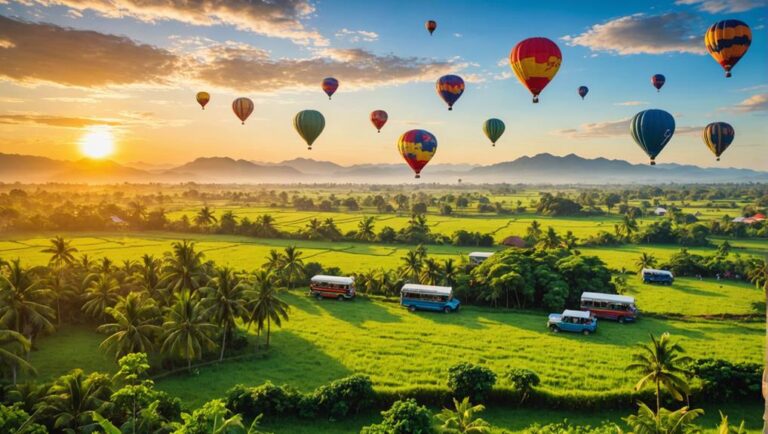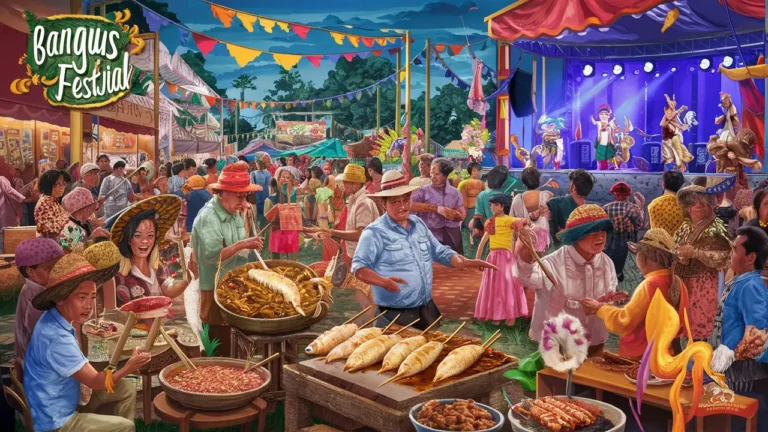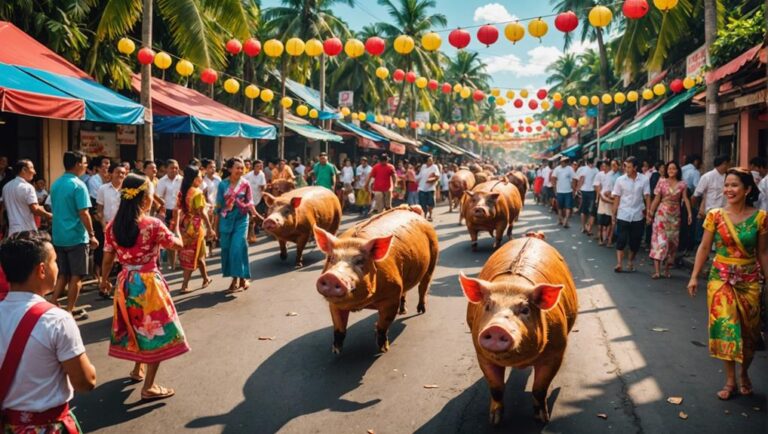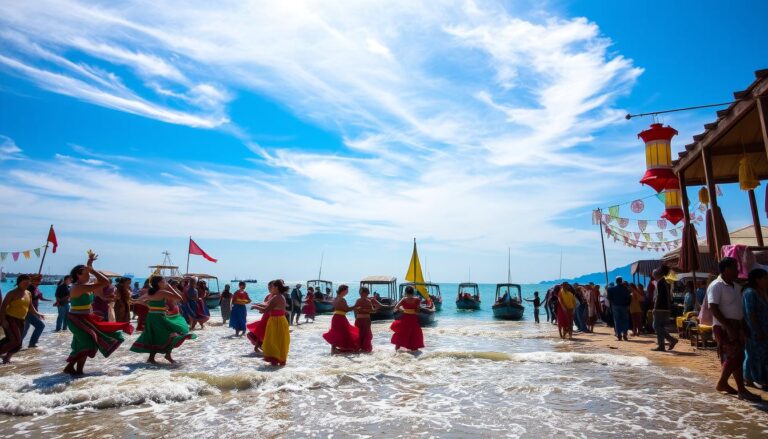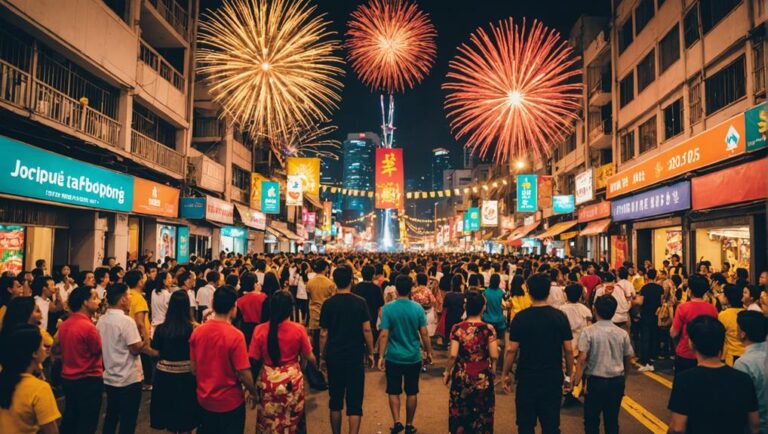Singakaban Festival Bulacan: History & Activities
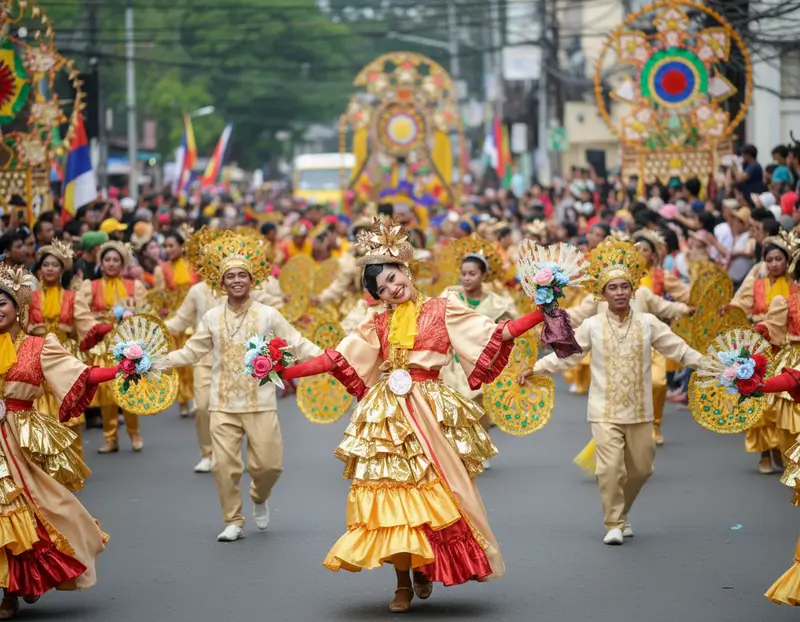
Every September, the province of Bulacan comes alive with vibrant colors and cultural pride. This week-long celebration, held from the 15th, honors a pivotal moment in Philippine history—the Malolos Congress of 1898. What began as “Linggo ng Bulacan” in 1986 evolved into today’s grand fiesta, blending tradition with artistry.
At its heart lies bamboo, a symbol of resilience and creativity. Locals craft intricate arches, showcasing skills passed down for generations. After a pandemic pause, the event returned in 2022, reaffirming its title as the mother of all fiestas in the region.
Just 30 km from Manila, the festivities attract visitors with affordable travel options. From dance performances to historical exhibits, every activity reflects Bulacan’s rich heritage. The blend of faith and culture shines, especially during Our Lady of Victory celebrations.
Key Takeaways
- Honors the 1898 Malolos Congress, a key event in Philippine history
- Features bamboo artistry, a cornerstone of local tradition
- Revived in 2022 after a two-year hiatus
- Combines cultural performances with religious observances
- Easily accessible from Manila, making it a popular destination
The Origins and Significance of Singkaban Festival
The roots of this vibrant event trace back to a 1986 local gathering known as Linggo ng Bulacan. Originally a two-day affair, it expanded in 1997 to a week-long celebration, reflecting the province‘s growing cultural pride. Today, it stands as a testament to Bulacan’s artistic and historical legacy.
From Linggo ng Bulacan to a Cultural Icon
What began as a small-scale event now draws national attention. The shift mirrored Bulacan’s rising prominence in Philippine history, particularly its role in the 1898 Malolos Congress. Held at Barasoain Church, this congress drafted Asia’s first republican constitution under President Emilio Aguinaldo.

Bamboo Art and the Malolos Congress Legacy
Central to the celebration are bamboo arches, or singkaban, crafted by local artisans. These intricate designs symbolize resilience and creativity. Historian George A. Malcolm noted in 1921 how such craftsmanship reflects the region’s identity.
The pandemic paused festivities in 2020–2021, but 2022’s revival underscored its cultural importance. Exhibits on the Malolos Congress’s legacy, like those in 2019, remain a cornerstone.
| Bamboo Festival | Location | Unique Feature |
|---|---|---|
| Singakaban | Bulacan | Historical Malolos Congress ties |
| Abrenian Kawayan | Abra | Mountainous bamboo crafts |
Unlike other bamboo festivals, Bulacan’s event uniquely blends art with constitutional history. The 2024 edition honored 14 Gawad Dangal ng Lipi awardees, further cementing its prestige.
Singkaban Festival Activities You Can’t Miss
Colorful parades and rhythmic beats fill the streets during this lively event. Each day offers a packed schedule, blending competitions, performances, and exhibits. Mornings feature intense contests, while evenings shine with cultural showcases.
Indakan sa Kalye: A Street Dancing Spectacle
Twelve municipal teams compete in this vibrant showdown. The 2024 Grand Champion, SINHS Street Dancers, wowed judges with their art-filled choreography and hand-painted costumes. Themes often reflect Bulacan’s history, like the 2019 tribute to revolutionary heroes.
Gawad Dangal ng Lipi: Honoring Bulacan’s Finest
This celebration recognizes 14+ locals annually for their contributions. Past honorees include:
- 2019’s healthcare pioneers
- Artisans preserving bamboo craftsmanship
- Educators promoting cultural heritage
Parada ng Karosa: Floats That Tell a Story
Elaborate floats mirror the province’s identity. Judges evaluate:
- Cultural relevance (e.g., Malolos Church replicas)
- Visual impact (pastillas wrapper mosaics)
- Innovation (moving parts, lighting)
“The 2017 karosa designs turned local industries into rolling masterpieces.”
Concurrent events like food fairs and antique displays add flavor. Ticket prices for gala performances start at $5, making activities accessible to all.
Cultural Highlights of the Festival
Artisans breathe life into humble bamboo, crafting arches that tell stories. These structures, called singkaban, take 7–10 days to create, starting with curing the bamboo to prevent cracks. Skilled hands then carve intricate patterns, often dyed with natural pigments for vibrant exhibits.

Two Styles, One Legacy
Bulacan’s arch designs split into distinct schools. Malolos style favors flowing, curvilinear motifs, while Hagonoy uses sharp geometric patterns. The 2017 event featured an 18-foot masterpiece with scenes from the province’s history.
Master craftsmen like the Eligio family preserve these techniques. Francisco “Kiko” Eligio, a 2019 National Living Treasure awardee, taught his grandsons the palubid spiral technique.
“Bamboo bends but never breaks—just like our people,”
he often remarked.
More Than Decorations
These arches symbolize hospitality and resilience. Over 50 provincial events use them yearly, from weddings to town fiestas. Schools now host workshops to train new generations, fueling hopes for UNESCO recognition of this art form.
Conclusion
Bulacan’s vibrant celebration blends art, history, and community spirit like no other. With over 50,000 annual visitors pre-pandemic, this fiesta boosts local tourism by 30% since 2017. The 2024 theme, “Sining at Kalinangang Bulakenyo,” highlights the province’s rich heritage.
Most activities offer free admission, making it accessible to all. September’s cooler weather is ideal for exploring. Pro tip: book hotels by June for the best rates.
Mark your calendars for 2025 (September 8–15 tentative). Dive into bamboo crafts, revolutionary history, and lively performances. Visit the Provincial Government’s site to plan your trip.
